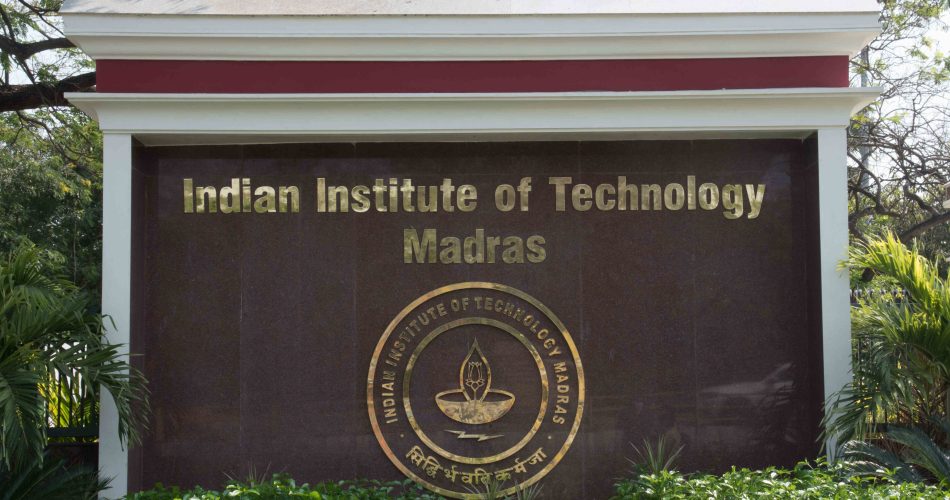Scientists from IIT Madras study the interplay of two cyclones and foresee their merging :-

Scientists from IIT Madras and Germany investigate how two cyclones interact and forecast cyclone merger.
Tropical cyclones have wreaked havoc on the shores of many places throughout the years, including the Indian subcontinent, all of southern Asia, Australia, and the tropics of the Americas, to name a few. These cyclones cause enormous damage and loss of life and property, endangering the economies of tropical nations that rely mostly on agriculture. Even today meteorologists throughout the world are actively researching and debating the factors that lead to the development and spread of these weather extremes as well as how they interact with nearby weather systems.
What transpires when two tropical cyclones in the same hemisphere are close to one another is one of these crucial research areas. There are a number of potential outcomes in this situation as one cyclone begins to affect the other and vice versa (this interaction is known as the “Fujiwhara interaction” by meteorologists). For example, their trajectories and/or strengths may suddenly change, or they may merge to form a much stronger cyclone. Because of the incomplete understanding and incomplete incorporation of this binary cyclone interaction into weather prediction models, inaccurate forecasts are the result. Due to misinformation and a lack of early warning, such erroneous projections increase the risk to life and property.

